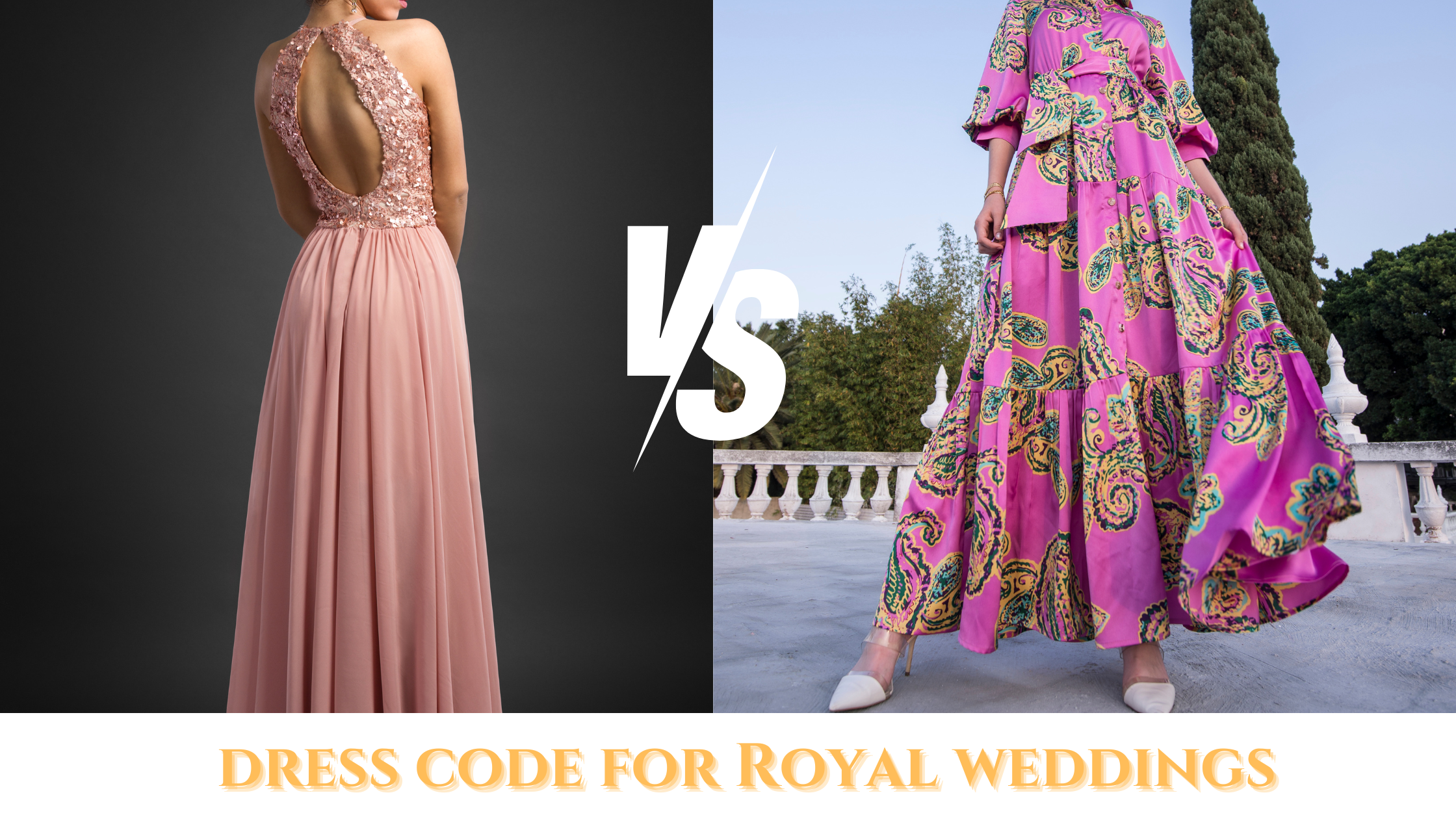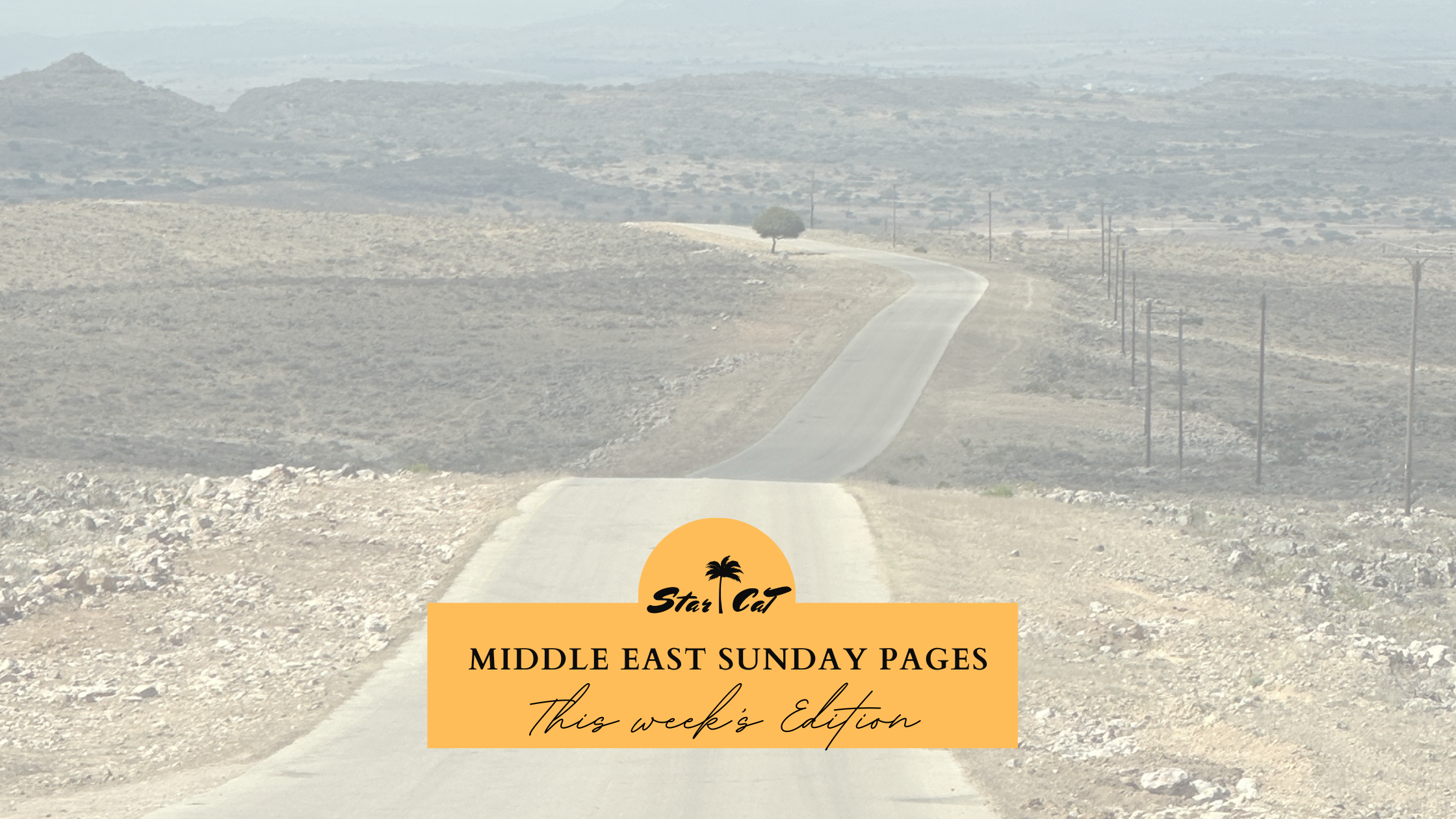
Dress code for Royal Weddings
Royal weddings in the Middle East are not only grand celebrations of love and union but also showcase the region’s rich cultural heritage and opulent traditions. Attending such a prestigious event requires careful consideration of the dress code to honour the occasion and the host country’s customs. In this blog post, we will explore the regal dress code for royal weddings in the Middle East, highlighting the elegance, sophistication, and cultural significance behind each attire.
-
Traditional Attire: When attending a royal wedding in the Middle East, it is customary to embrace the rich heritage and traditions of the host country. For women, this often means opting for traditional attire such as a stunning abaya, a long flowing cloak, or a jalabiya, a loose-fitting dress adorned with intricate embroidery and embellishments. Men may choose to wear a dishdasha, a traditional ankle-length garment, often in crisp white or muted tones, paired with a headdress like a ghutra or shemagh.
-
Modesty and Elegance: Modesty and elegance are key elements of the dress code for royal weddings in the Middle East. Women are expected to dress conservatively, with outfits that cover the shoulders, arms, and legs. The dress should be loose-fitting and not revealing, reflecting a sense of grace and refinement. Fabrics like silk, satin, and chiffon are popular choices, often embellished with delicate beadwork or embroidery. Colours tend to be rich and vibrant, showcasing the region’s love for vibrant hues.
-
Glamorous Evening Gowns: For formal receptions and evening celebrations, women may opt for glamorous evening gowns that exude sophistication and luxury. Floor-length dresses made from luxurious fabrics, such as silk, velvet, or organza, are preferred. Embellishments like sequins, crystals, or intricate lacework can add an extra touch of glamour. It is important to choose elegant and tasteful designs that complement the overall regal ambiance.
-
Traditional Jewellery and Accessories: No royal ensemble is complete without exquisite jewellery and accessories. Women can adorn themselves with traditional pieces, such as intricately designed gold or silver necklaces, earrings, bracelets, and rings. Precious gemstones like diamonds, rubies, and emeralds are often incorporated, adding a touch of sparkle and luxury. Additionally, a stunning clutch or handbag and high-heeled shoes complete the look.
-
Headwear and Veils: In some Middle Eastern countries, women may wear headwear or veils as part of their cultural traditions. This may include a hijab, a headscarf that covers the hair, or a niqab, a face-covering veil. It is essential to respect and adhere to the customs of the host country when selecting appropriate headwear.
-
Formal Attire for Men: Men attending royal weddings in the Middle East are expected to dress in formal attire. This often includes a tailored suit in dark or neutral tones, complemented by a crisp dress shirt and a tie. Traditional attire like the thobe, a long robe-like garment, may also be worn, particularly for more traditional ceremonies.
If you are confused on what to wear and what not to wear, you have 2 choices:
-
Book a Consultation with us HERE and we can give you bespoke advise.
-
Read the rest of our Middle East Sunday Pages for further information, especially on ‘Culture’.



